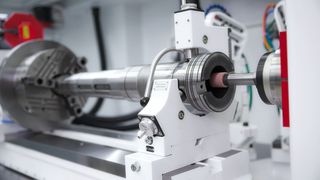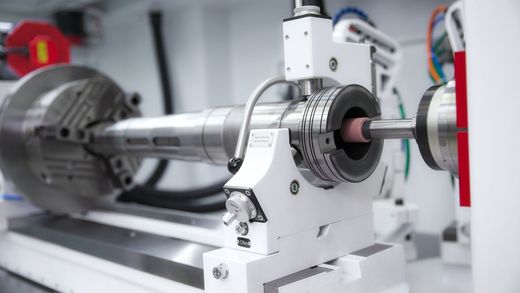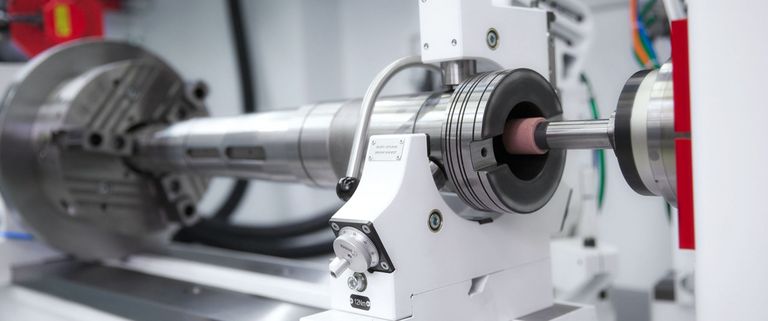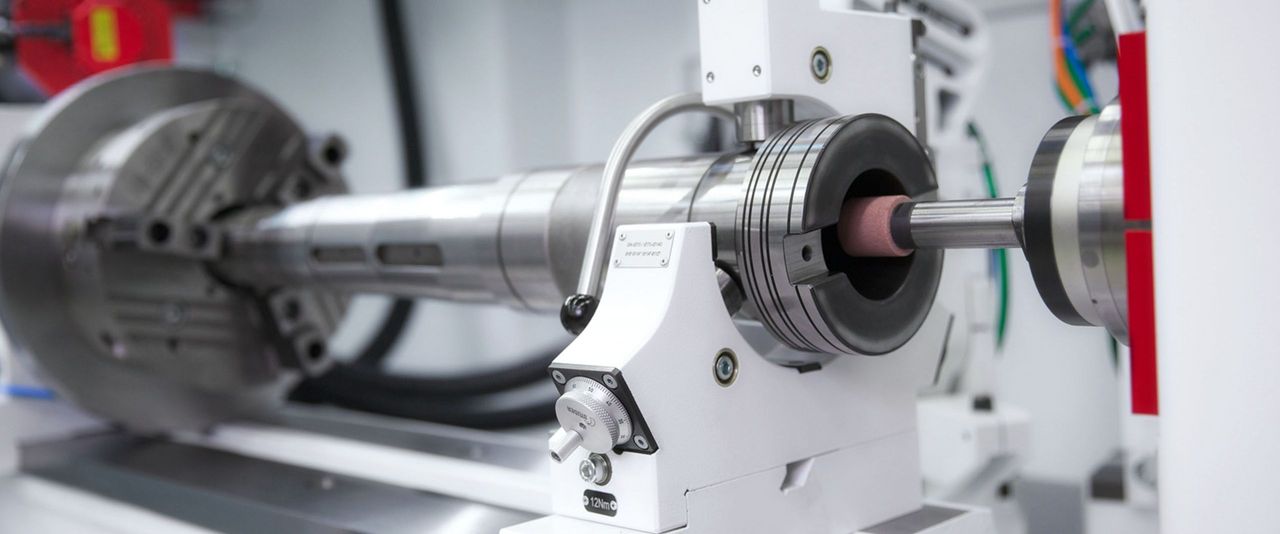The Secret Behind Good Part Surfaces
They are needed in almost every industry today: workpieces with fine cylindrical surfaces. For example, in drawing dies for cans or plastic molded parts. Good surface quality not only improves tool life and accuracy, it also makes it easier to remove molded parts. For medical components, surface finish also plays a functional role in the performance of medical equipment. But high-quality surfaces are anything but easy to produce.
Until recently, the ability to create good surfaces was seen as more art than science. For decades, finals results depended on the hard-earned experience of the specialist who, after dressing the grinding wheel, could fine-tune the processes for optimal surface finishes. And hand polishing? An inaccurate proce-dure.
Things have changed, thanks to the innovations of the cylindrical GRINDING specialists from STUDER and UNITED GRINDING.
Success Factor #1: Machine base
One major success factor is the machine base made of Granitan®, a mineral cast material developed by STUDER. It ensures maximum thermal stability and vibration damping and significantly outperforms gray cast iron and other materials. These properties make it possible to use harder wheels and more aggressive grinding strategies and to obtain fine surface finishes.
Success Factor #2: Carrying out several operations at once
Machines that allow multiple processes with one clamping ensure faster cycle times and less scrap, as the parts do not need to be reclamped. Extremely high accuracy can be achieved by roughing, finishing, and fine grinding in a single clamping.
Success Factor #3: Software
Perhaps the most important factor. Because of the shortage of skilled workers, fewer and fewer manufacturers have access to the “magicians” with the touch to fine-tune for exceptional surface finishes. Consequently, most manufacturers hand over their parts to operators who grind the parts conservatively and slowly according to the design specifications and then store the parameters in their heads. This approach is anything but optimal, though.
The solution? StuderTechnology Integrated. Achieving fine surfaces is child’s play with this STUDER software.
Why? It incorporates 100 years of grinding experience. It combines formulas from grinding technology, empirical data, and many years of expertise. The program contains data from countless grinding tests, through which optimal machining strategy has been determined for a wide variety of components. StuderTechnology Integrated makes specific use of these values depending on the application. The user simply enters the desired surface finish into the system and the software automatically develops optimal grinding cycles that generate the desired surfaces the first time. No trial and error, no magic required – simply excellent grinding at the touch of a button.
Want to learn more?
Click here for STUDER grinding software.









